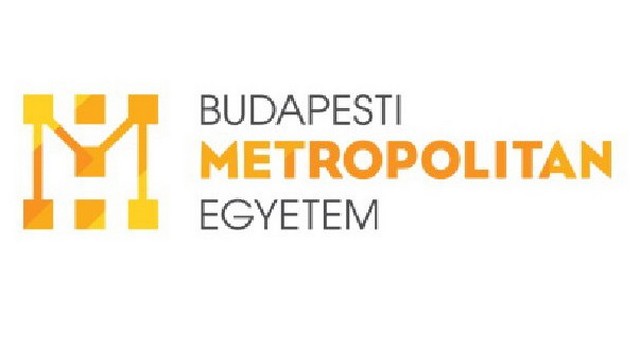Búcsú

Tóth Adrienn: Búcsú
„Azért ezt a verset választottam, mert ez mozgatta meg leginkább a fantáziámat. Úgy éreztem, valami humorosat szeretnék alkotni, és Petri György Búcsú című verse valóra tudta váltani ezt az elhatározásomat. Szerettem volna egyfajta nyers humort tálalni. Először egy másik Petri versről jutott eszembe tyúkos történet, de több helyen megakadt a gondolatmenetem, így tovább haladtam az életművében és végül rátaláltam erre a versre, ami a tyúkudvarba repített és legenerálta bennem a megkeseredett öregasszony és a tehetetlen tyúkélet közötti párviadalt. Az animációt digitálisan rajzoltam, rotoszkóp technikával. Ezáltal a valóélet-jelleget meg tudtam tartani benne, de a kissé expresszív színvilággal érzelmileg felfokozni az amúgy egyáltalán nem drámai, falusi életképet. Miután élő szereplőt kellett átrajzolnom, az öregasszonyt én alakítottam. Azért volt izgalmas ez a feladat, mert számomra új technikát próbálhattam ki, előzetesen ugyanis többnyire klasszikus festményanimációkat készítettem, a festőiséget viszont ugyanúgy tudtam érvényesíteni digitálisan is. Másrészről elmondhatom, hogy egészen sikerült kiélnem magam ebben a versben és emiatt nagyon magaménak tudtam érezni a projektet, örültem, minden új jelenetnek, amit sikerült megrajzolnom, végül pedig a kész adaptációnak.







